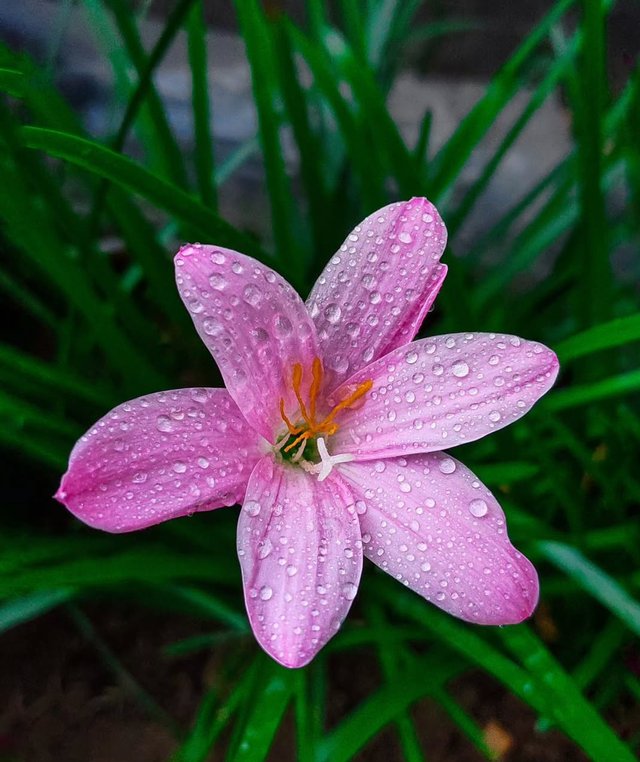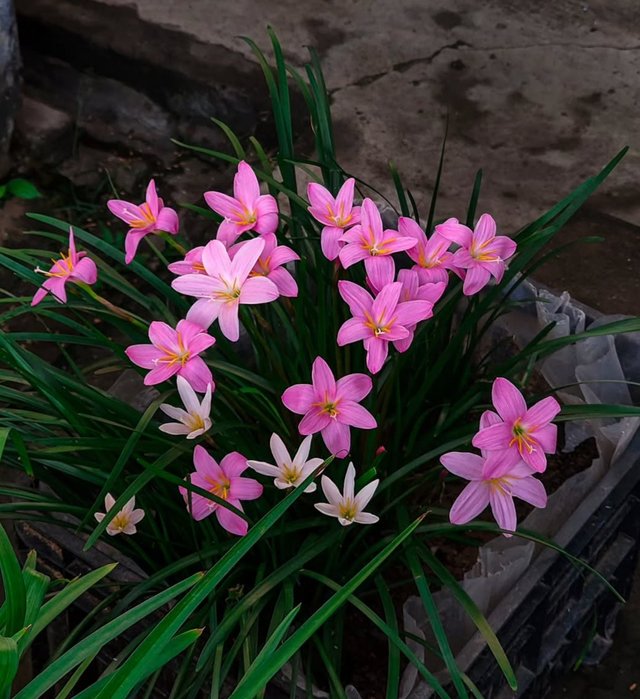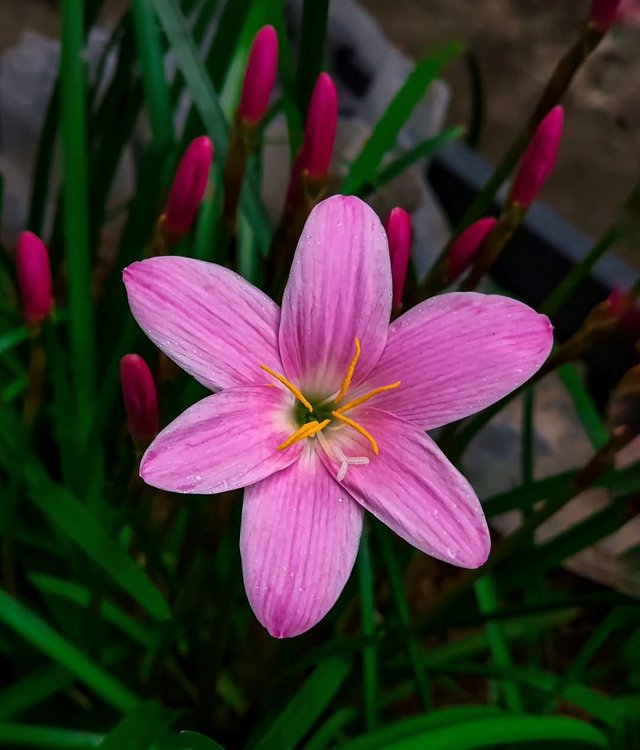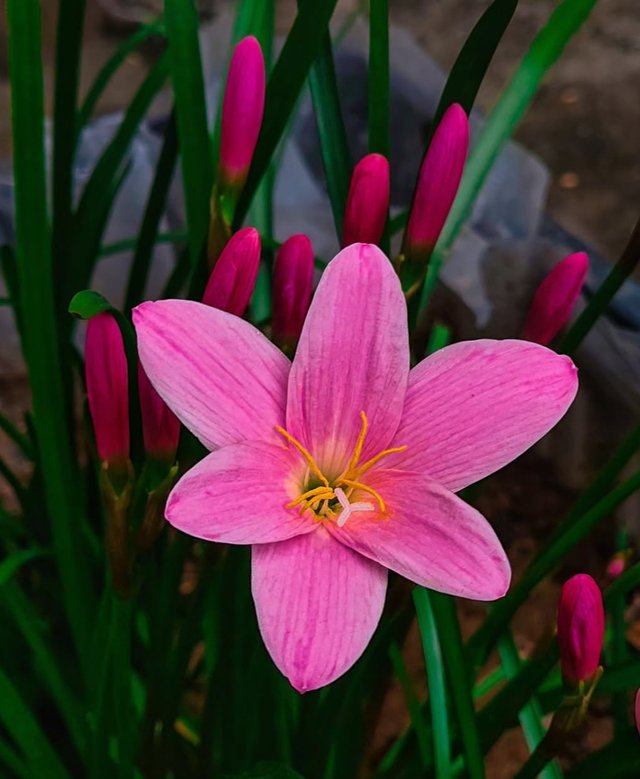Zephyranthes Minuta Flower So Amazing
Zephyranthes minuta – The Graceful Rain Lily
Zephyranthes minuta, often known as one of the charming rain lilies, is a perennial bulbous plant belonging to the family Amaryllidaceae. The genus Zephyranthes is beloved among gardeners and plant enthusiasts for its delicate, star-like blooms that appear after rainfall, earning them the popular name “rain lilies” or “fairy lilies.” Among them, Z. minuta stands out for its subtle elegance and the quiet beauty it brings to gardens, landscapes, and wild habitats.Botanical Profile
Scientific name: Zephyranthes minuta
Family: Amaryllidaceae
Common names: Rain lily, Fairy lily
Origin and distribution: Native to tropical and subtropical regions of the Americas, particularly Mexico, Central America, and parts of South America. Over time, it has been introduced to other warm regions and is often grown as an ornamental plant.
Plant Description
Bulb: Like most rain lilies, Z. minuta grows from a small, underground bulb that stores nutrients and enables it to survive dry seasons.
Leaves: Slender, grass-like, and deep green, the leaves form an attractive tuft at the base, resembling blades of grass when not in bloom.
Flowers: The most striking feature of this plant. The blooms are soft pink to lavender-pink, funnel-shaped, and about 3–5 cm across. They usually have six petals with a delicate sheen, radiating elegance. The flowers last only a few days but appear in succession after rainfall.
Height: Typically grows to about 20–30 cm tall, making it an ideal groundcover or border plant.
Blooming and Rain Connection
One of the fascinating traits of Zephyranthes minuta is its tendency to bloom after rain showers. The sudden burst of flowers after a spell of rainfall gives the plant a magical, ephemeral quality. This adaptation is linked to its natural habitats, where rain signals favorable conditions for reproduction.
Cultivation and Care
Zephyranthes minuta is a hardy and relatively low-maintenance plant, favored by both novice and experienced gardeners.
Soil: Prefers well-drained soil, sandy or loamy in texture. Avoid waterlogging, which can rot the bulbs.
Light: Thrives in full sun to partial shade. Adequate sunlight ensures prolific flowering.
Water: Needs moderate watering. The plant tolerates short dry spells due to its bulb, but consistent moisture during the growing season encourages more blooms.




